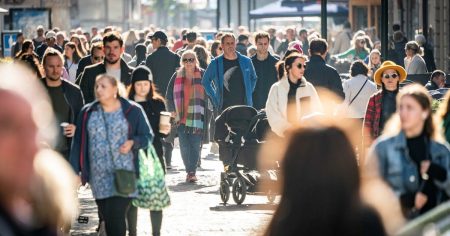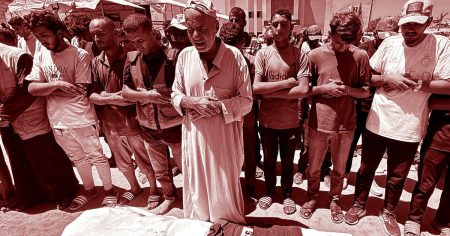The pervasive unease elicited by the image of the red van speaks volumes about the uncomfortable realities it represents. It symbolizes a clandestine world operating just beneath the surface of everyday life, a world of exploitation and desperation. The shivering figures waiting outside in the cold, some returning repeatedly throughout the night with new "customers," paint a stark picture of vulnerability and the coercive forces that drive them back to this shadowy exchange. The red van becomes a potent symbol of this precarious existence, a beacon in the darkness for those seeking a temporary escape, a fleeting reprieve from the harsh realities they face, even if that escape comes at a steep price. The question of personal discomfort in confronting this reality becomes almost secondary to the starkness of the situation itself.
The cyclical nature of the activity surrounding the red van hints at the deep-seated issues that fuel this desperate demand. The repeated returns of individuals, often bringing new "customers," suggests a system of coercion and control, perhaps driven by addiction, poverty, or other forms of vulnerability. These individuals are trapped in a cycle of exploitation, likely facing immense pressure to secure the resources they need to survive, even if it means participating in activities that compromise their safety and well-being. The red van becomes a focal point for this cycle, a visible manifestation of the underlying societal failures that perpetuate this desperate trade.
Beyond the immediate discomfort of witnessing such a scene, the image of the red van prompts a deeper reflection on the systemic issues that allow such exploitation to thrive. It forces us to confront the uncomfortable truth that our society often fails to provide adequate support and resources for its most vulnerable members, leaving them susceptible to predatory practices. The question of how it feels to witness this is almost overshadowed by the urgent need to understand the root causes and to address the systemic failures that perpetuate this cycle of vulnerability and exploitation.
The red van becomes a symbol not only of the immediate transaction taking place, but also of the broader societal indifference that allows such exploitation to flourish. The fact that it operates under the cover of darkness, hidden in plain sight, speaks to a collective unwillingness to acknowledge the uncomfortable realities it represents. The shivering figures waiting outside become a stark reminder of the human cost of this indifference, a testament to the invisible struggles of those marginalized and forgotten by society. The question of personal discomfort becomes a call to action, a challenge to confront the apathy that allows such suffering to persist.
The question, "Does it feel uncomfortable?" becomes almost rhetorical in the face of the complex and disturbing realities embodied by the red van. It’s not just about a feeling; it’s about acknowledging the profound ethical implications of a system that allows such exploitation to exist. The red van is a stark reminder of the human cost of societal inequality and the urgent need to address the root causes of poverty, addiction, and other vulnerabilities that drive individuals to such desperate measures. The discomfort it evokes is a necessary catalyst for change, a call to examine our own complicity in perpetuating this cycle of exploitation and to work towards creating a more just and equitable society.
Ultimately, the image of the red van and the shivering figures waiting in the cold becomes a powerful indictment of our collective failure to protect the most vulnerable among us. It transcends mere discomfort and becomes a call to action, a demand for greater empathy, understanding, and a commitment to creating a society where such exploitation no longer exists. The question of how it feels is less important than the question of what we are going to do about it. The red van serves as a stark and persistent reminder of that ongoing challenge.














